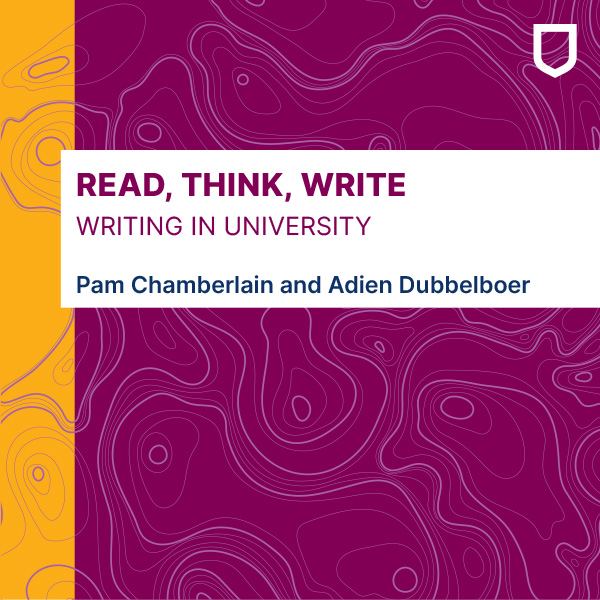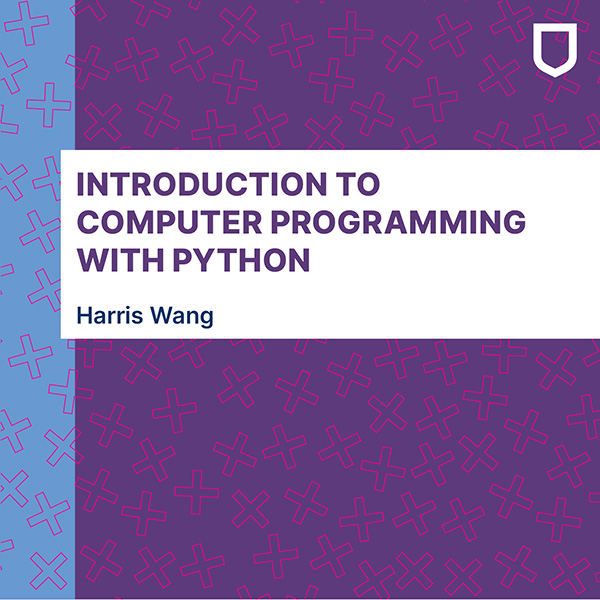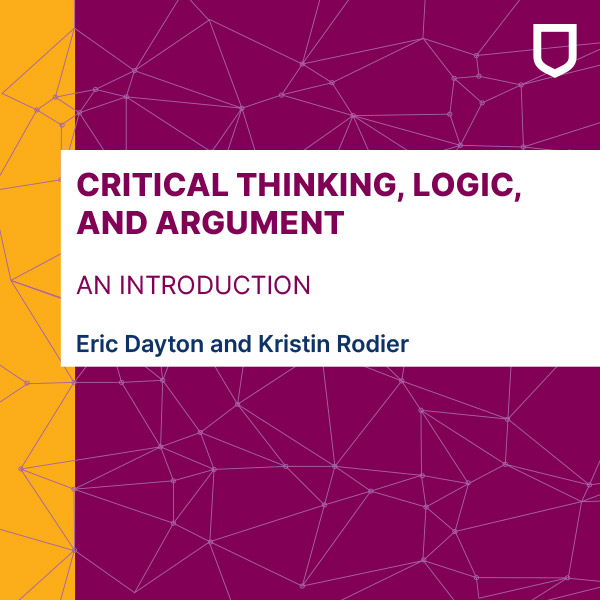We are excited to announce the launch of our new imprint, Remix. Intended to meet the needs of an open institution, Remix publishes open educational resources written or adapted by Athabasca University faculty for Athabasca University courses. This new imprint advances Athabasca University’s stated commitment to “the removal of barriers that restrict access to and success in university-level study and to increasing equality of educational opportunity for adult learners worldwide.” The works published under this imprint are licensed under Creative Commons licences and will be freely available at aupress.ca and through OER repositories.

AU Press has always been known for its unique approach to publication and its commitment to open access. This new imprint showcases our commitment to innovative approaches to digital publishing.
We are launching Remix with three publications that will benefit over 3,500 AU students per year. Explore these titles below.

Read, Think, Write: Writing in University
Adien Dubbelboer and Pam Chamberlain
Read, Think, Write provides instruction in writing, reading, critical thinking, research, and study skills. Through an easy-to-follow, step-by-step approach, it leads students from a wide range of levels and abilities to success in writing the essays required in most university disciplines.

Introduction to Computer Programming with Python
Harris Wang
This introduction to computer programming with Python begins with some of the basics of computing and programming before diving into the fundamental elements and building blocks of computer programs in Python language.

Critical Thinking, Logic, and Argumentation
Eric Dayton and Kristin Rodier
This text offers students an introduction to critical thinking methods, principles, and applied examples. It engages the reader to question their attitude and approach to critical thinking and provides a detailed introduction to the role of belief in critical thinking. It outlines the use of argument forms for validity, definitions and classification, syllogistic reasoning, categorical logic, and the method of informal fallacy identification.


